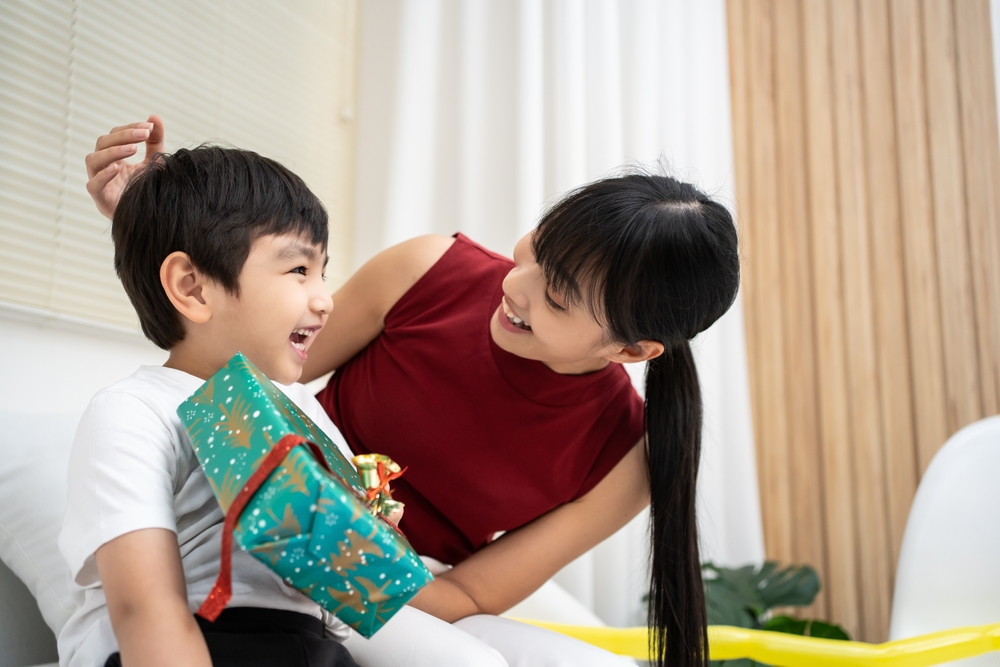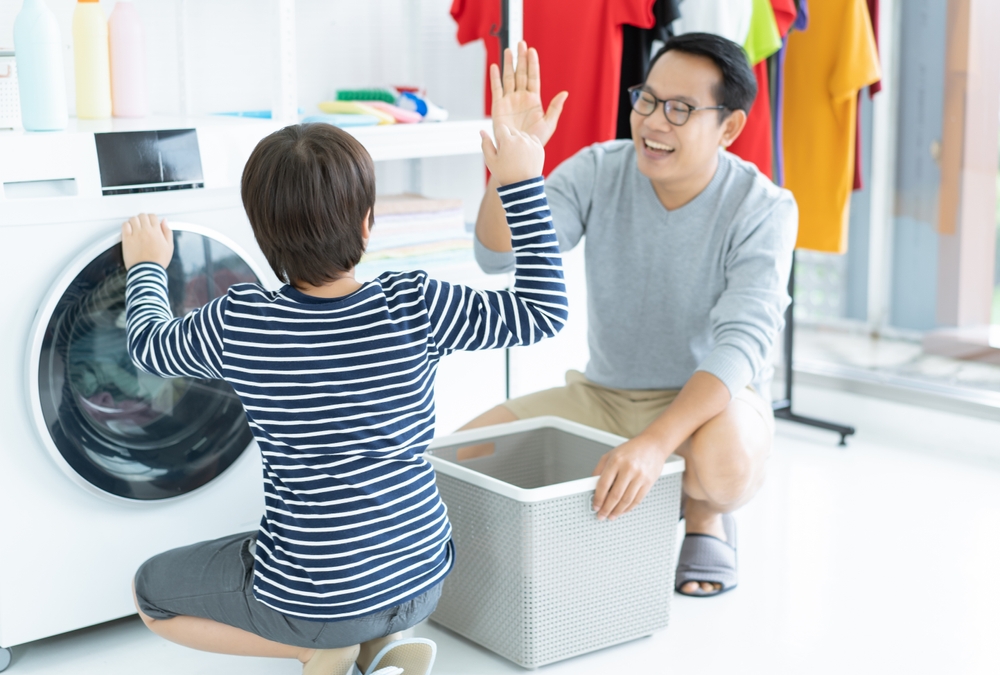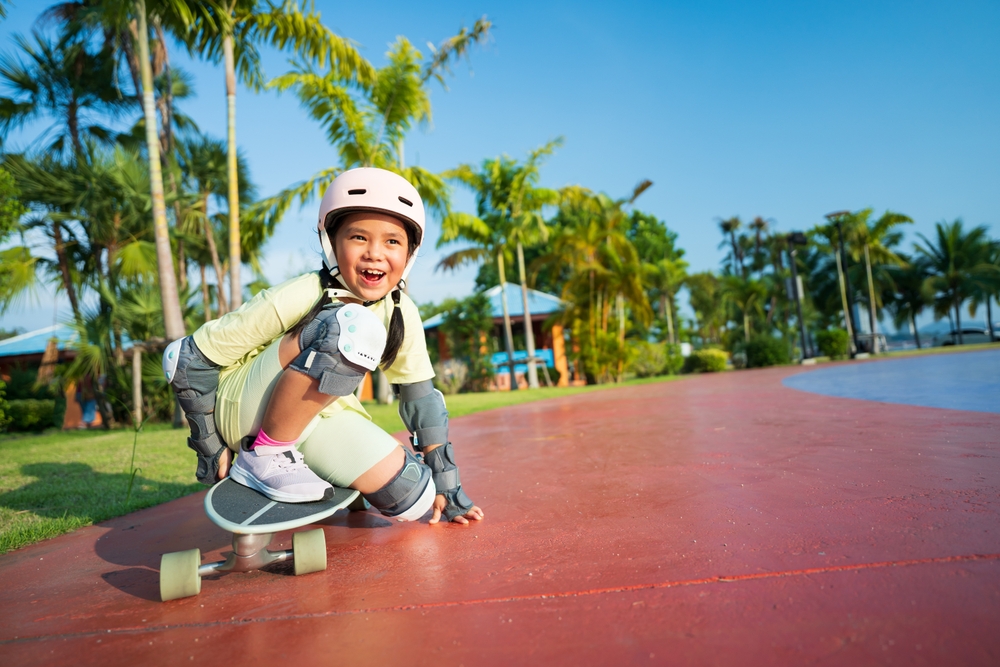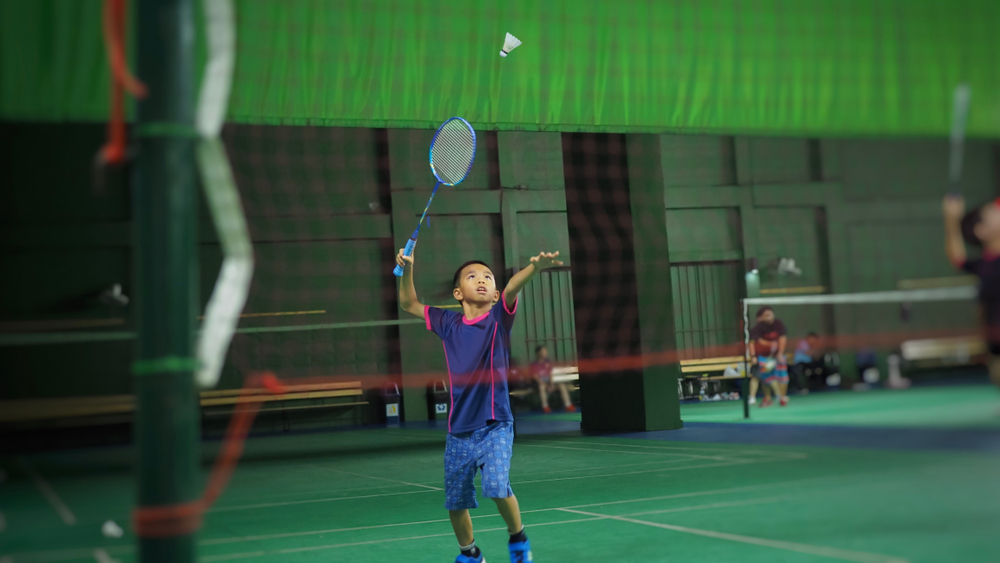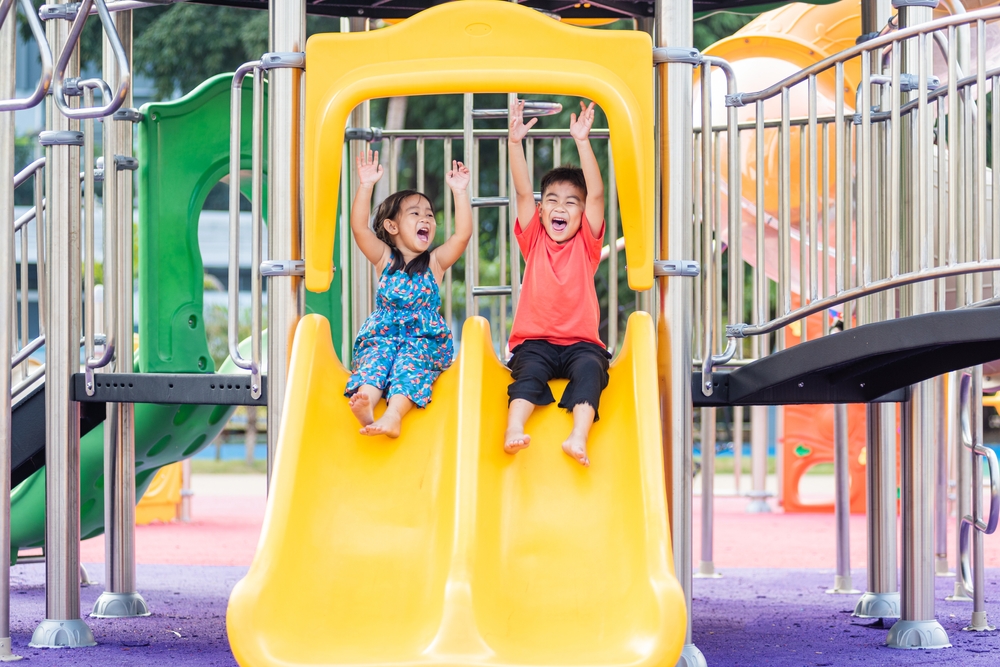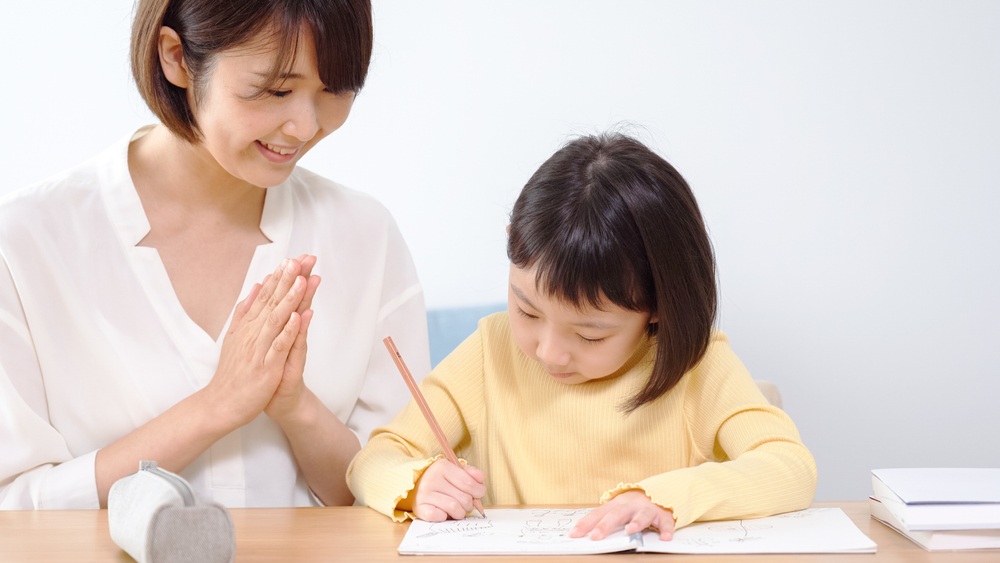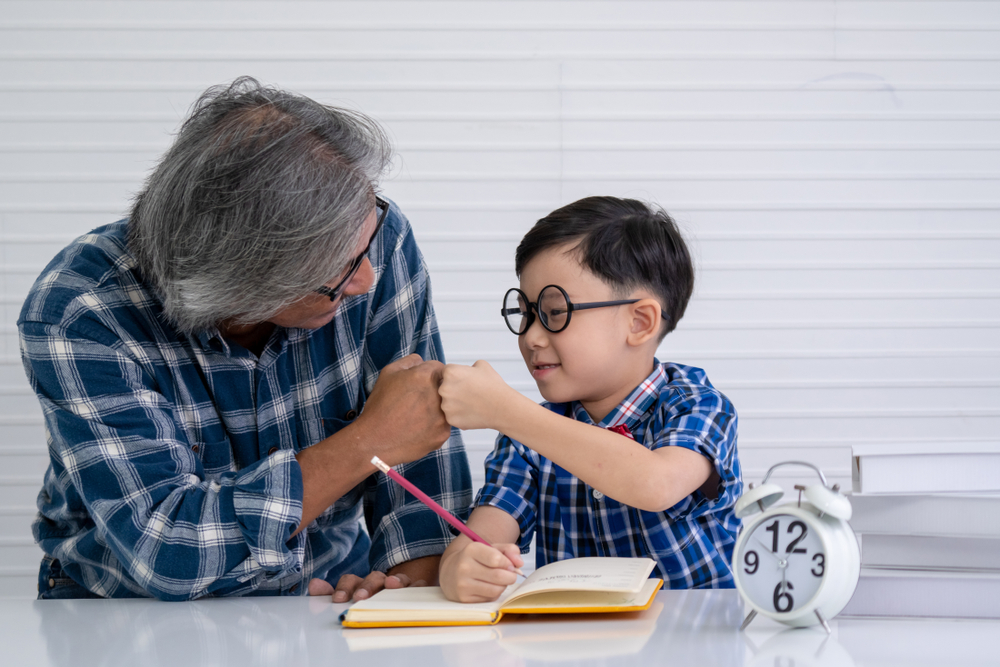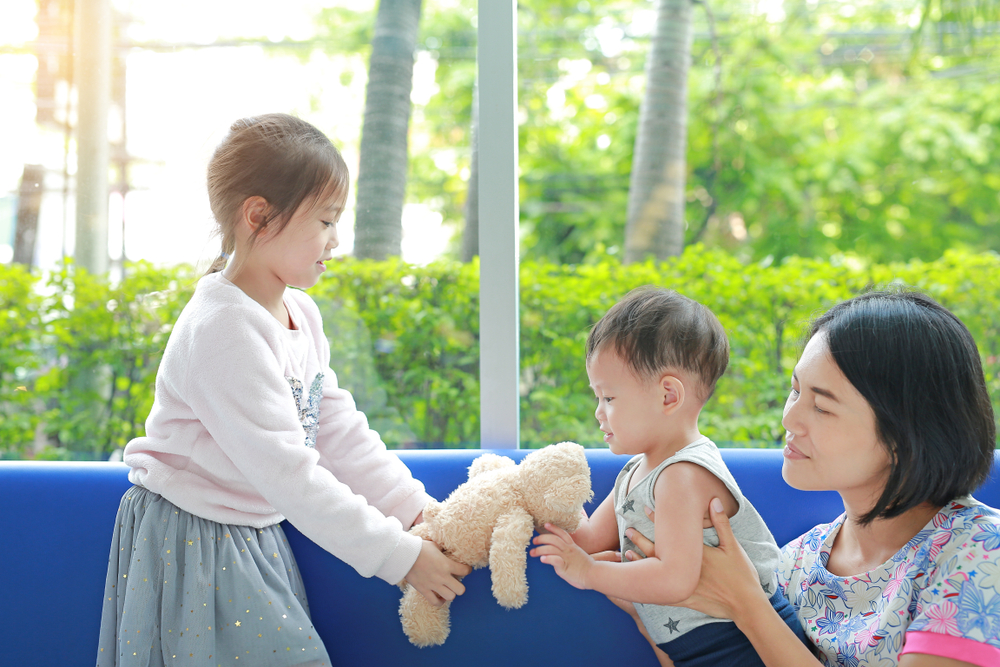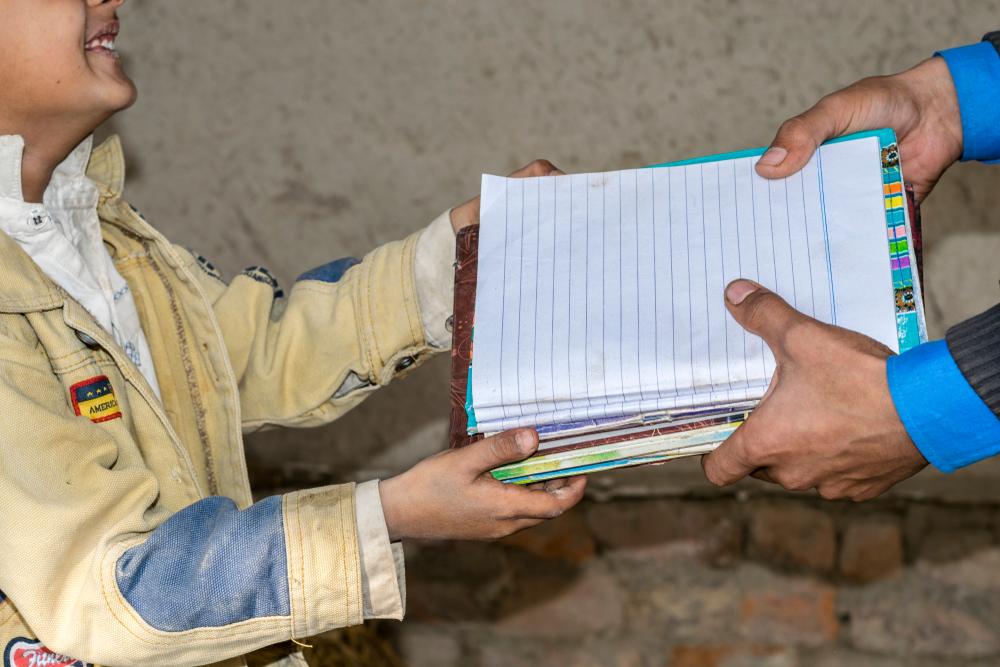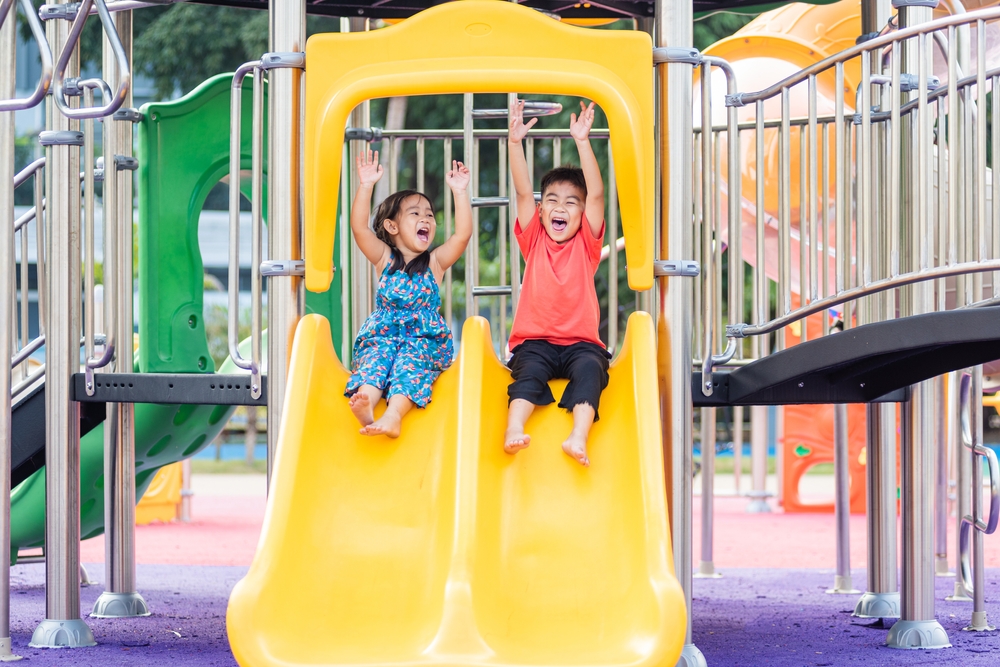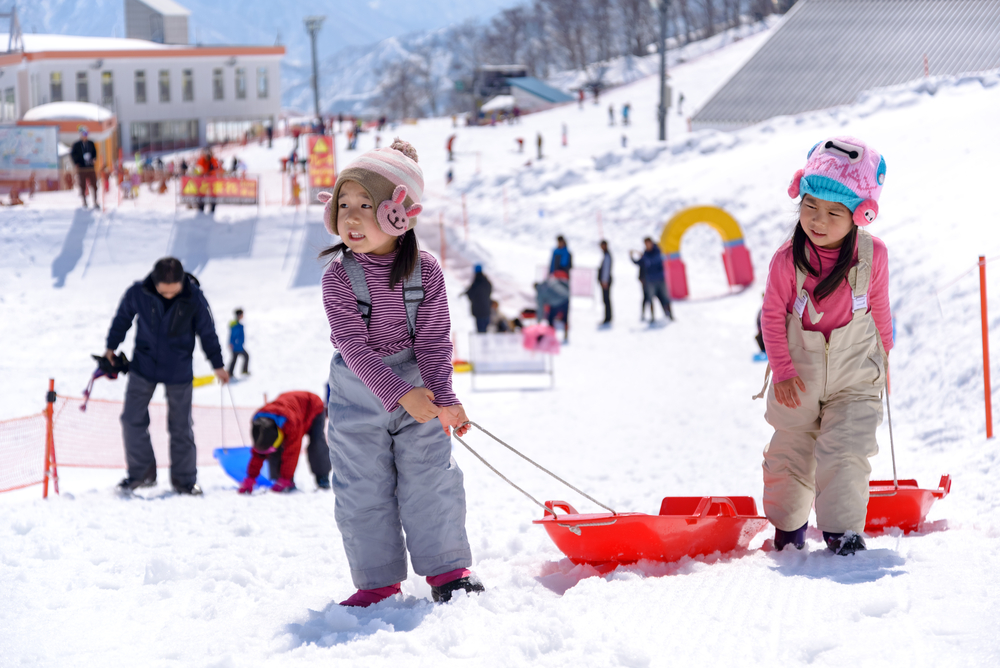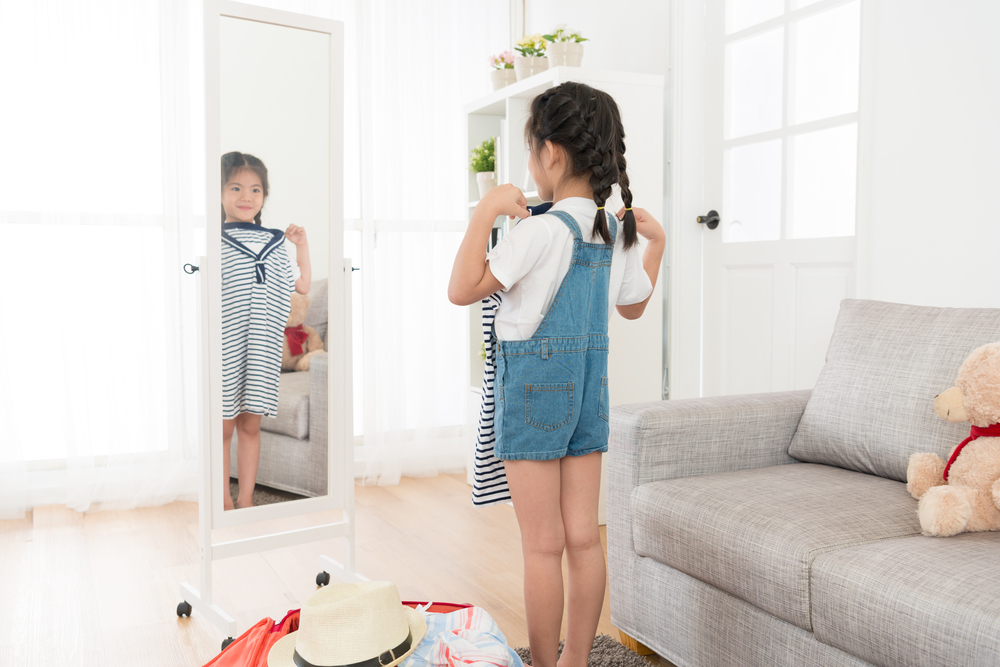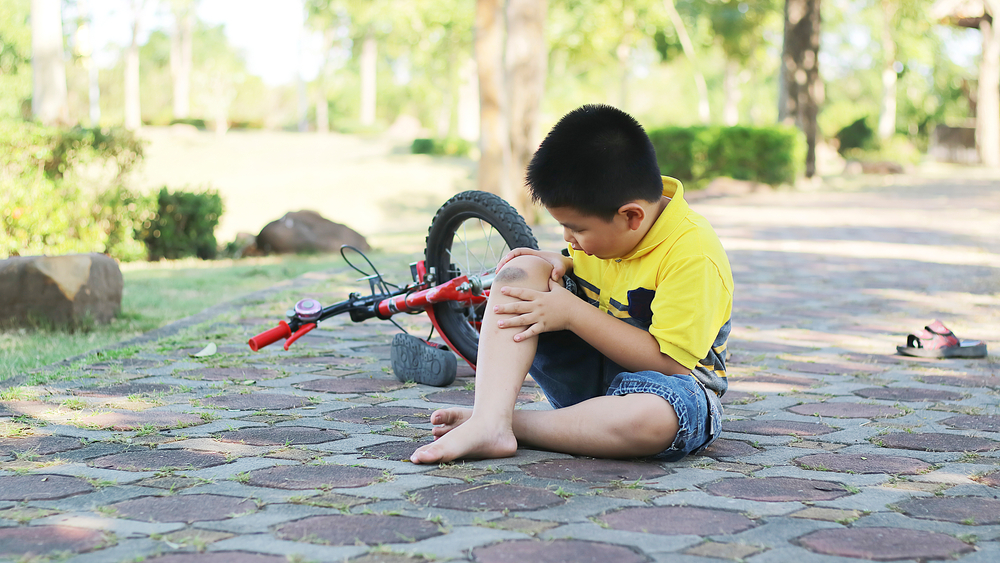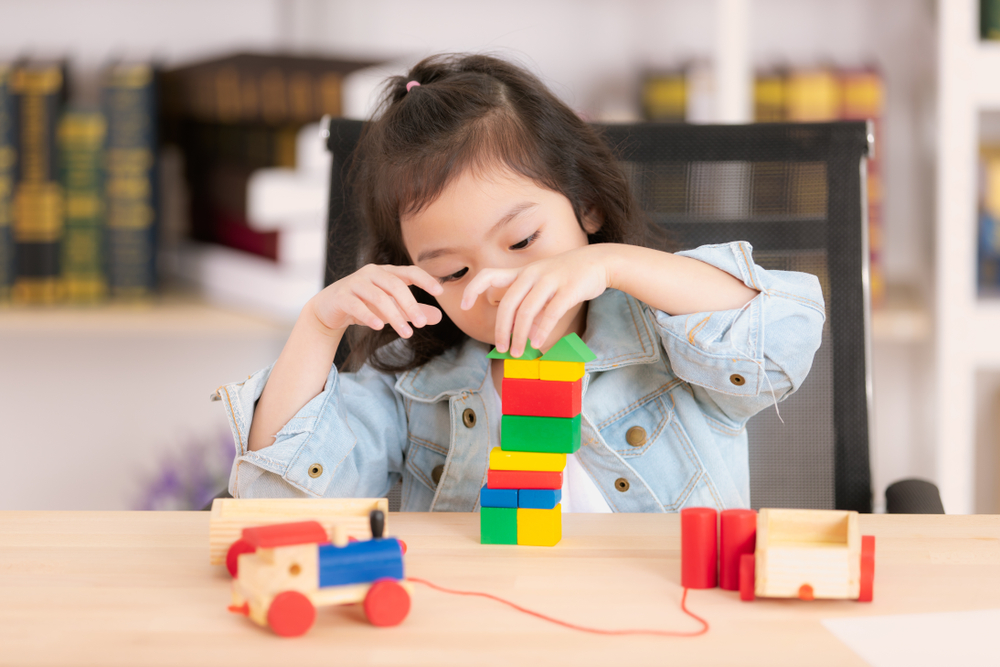Parenting Tips
system
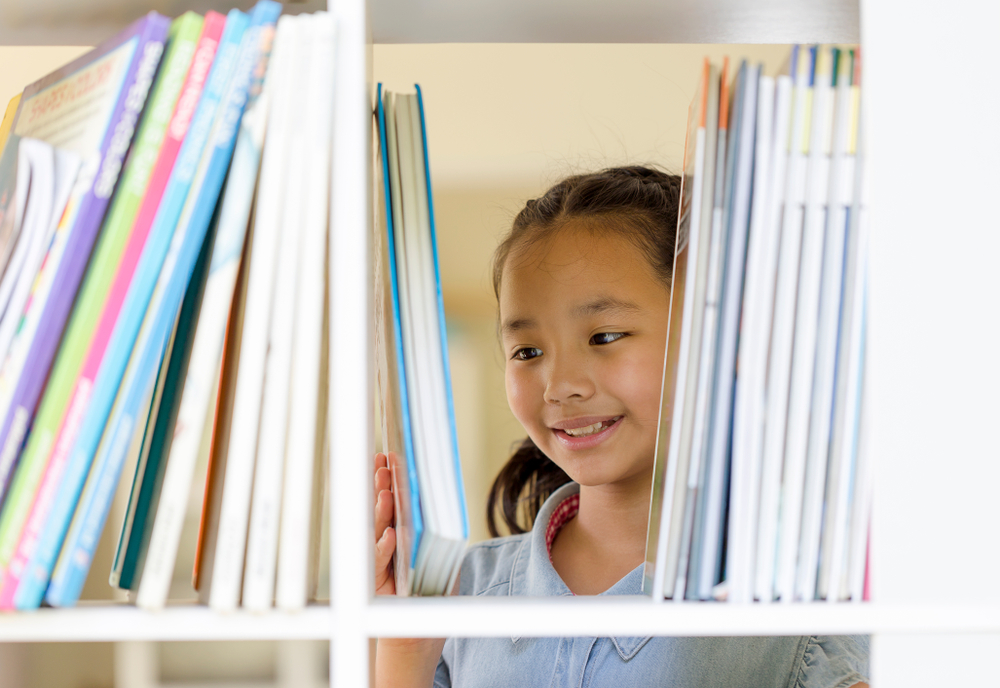
Source: Taiwanese Storage Organizer, Yu Ji Lam
As children grow up, the number of books and textbooks in the home increases. If there’s more than one child in the family, the quantity of books can be staggering. How can we teach children to classify and organize their books properly?
Parents can begin by categorizing books based on their types, grouping together books from the same series, for instance. Books from the same series usually have similar sizes, making the arrangement neat and the process of finding them more convenient. Additionally, categorizing by age group is also helpful, especially when there are children of different ages at home. This way, you can have books for a 9-year-old child and books for a 3-year-old child separately. Apart from that, classifying books by their content type is also a good option, such as Chinese books, English books, puzzle books, magnetic books, and picture books.
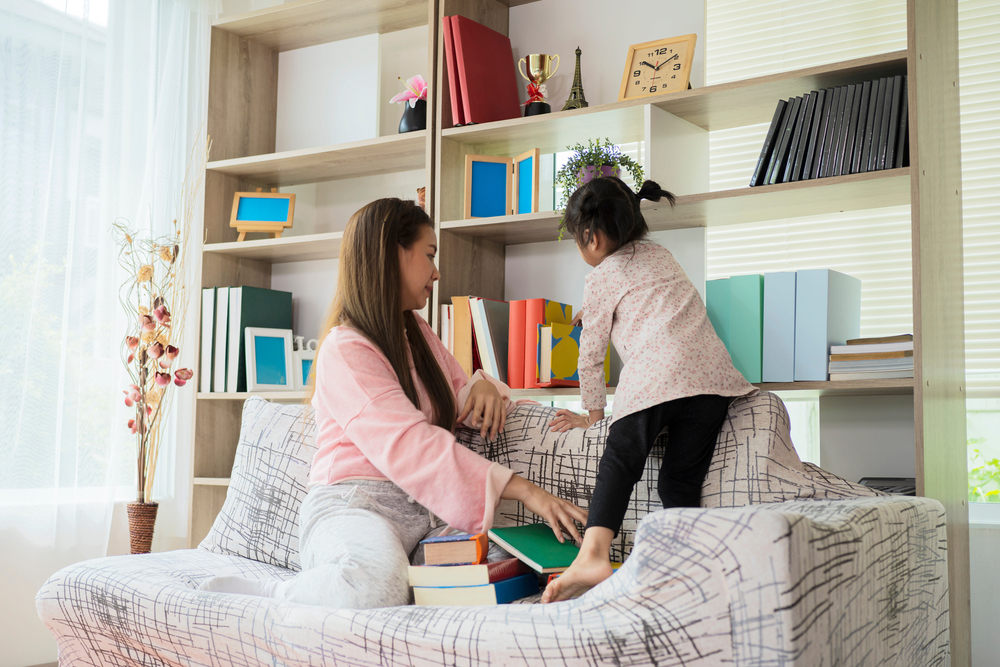
- After categorizing by type, the most important step is to have the books standing upright. Some people might stack books this way, but you’ll find that when you want to retrieve a book from lower down, it’s not easy to take it out. So the best way is to have the books standing upright. When you place books of the same type together, it’s actually easy to find a book. Children will definitely find the book they’re looking for, and they will also know where to put it back.


